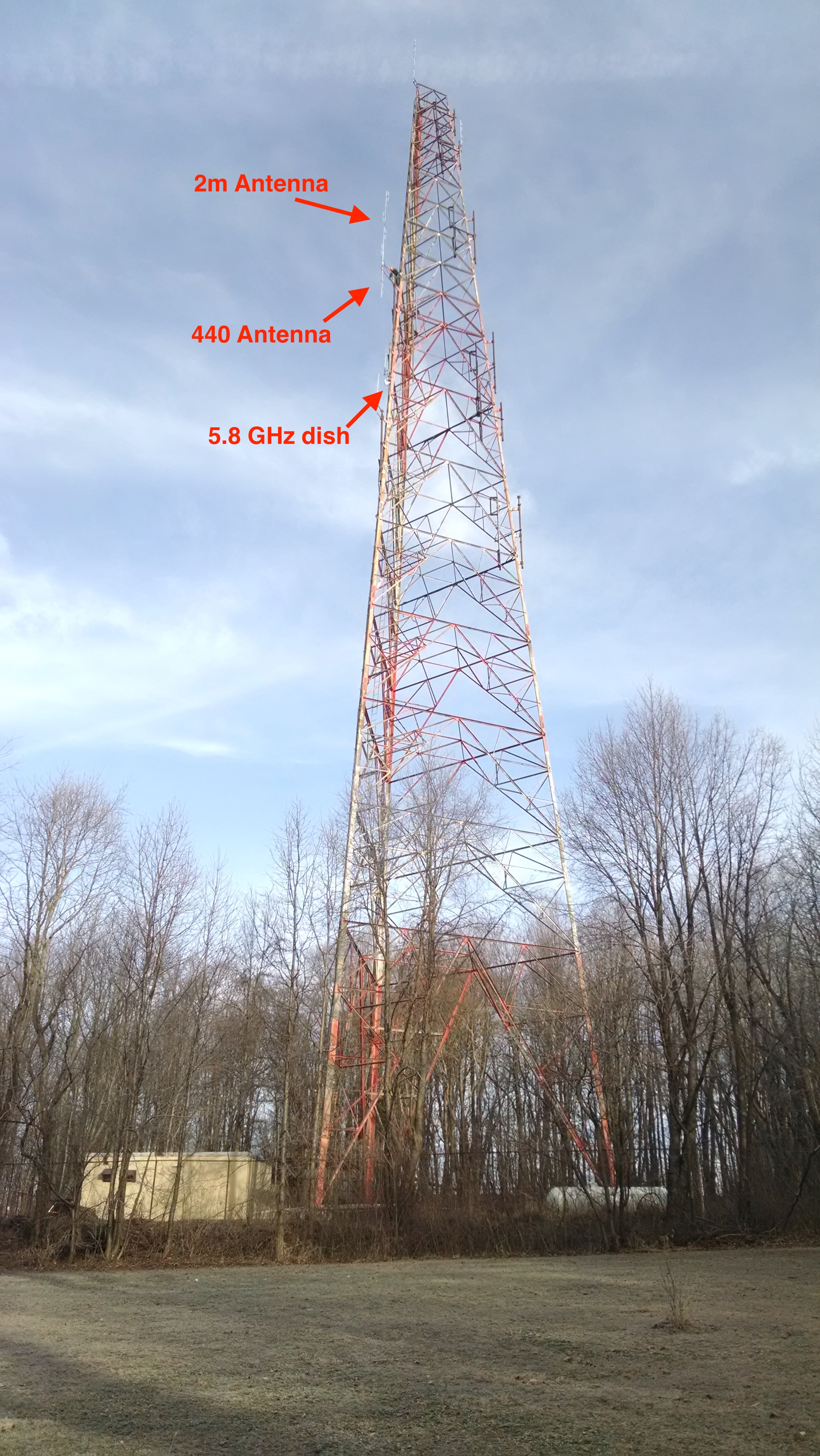Repeater coordination is not needed by the Federal Communications Commission, neither does the FCC regulate, license or otherwise control frequency control for the Amateur Radio Bands. Amateur Radio Repeater Coordinators or control teams are all volunteers as well as have no legal authority to assume jurisdictional or regional control in any type of location where the Federal Communications Compensation controls the Amateur Radio Solution. The United States Code of Federal Rules Title 47 CFR, Part 97, which are the laws in which the Amateur Radio Service is regulated clearly mentions the definition of Frequency Organizer. The function of working with a repeater or regularity is to reduce damaging disturbance to other fixed procedures.
In the UK, the frequency allotments for repeaters are managed by the Emerging Modern Technology Co-ordination Board (ETCC) of the Radio Society of Great Britain and certified by Ofcom, the market regulator for interactions in the UK (ham radio australia). Each repeater has a NOV (Notification of Variant) permit issued to a specific amateur radio callsign (he or she is normally referred to as the "repeater caretaker") thus making certain the licensing authority has a single point of contact for that certain repeater. Each repeater in the UK is normally sustained by a repeater group made up of regional amateur radio enthusiasts that pay a small amount e.
10 Simple Techniques For Online Repeater Map Ham Radio
1015 a year each to support the upkeep of each repeater as well as to spend for website rents, electrical energy prices etc (radio repeater). Repeater groups do not receive any type of main financing from various other organisations. Such groups consist of the Central Scotland FM Team and the Scottish Borders Repeater Group. The most standard repeater contains an FM receiver on one frequency as well as an FM transmitter on another frequency normally in the exact same radio band, linked together to make sure that when the receiver picks up a signal, the transmitter is keyed and also rebroadcasts whatever is heard. In order to run the repeater a repeater controller is needed.
Repeaters normally have a timer to remove retransmission of a signal that goes too long. Repeaters operated by teams with a focus on emergency interactions often restrict each transmission to 30 seconds, while others might enable 3 minutes or also much longer. The timer reactivates after a brief time out complying with each transmission, as well as several systems include a beep or chirp tone to signify that the timeout timer has reset. Standard repeaters, additionally known as in-band or same-band repeaters, retransmit signals within the very same frequency band, and also they only repeat signals utilizing a specific inflection system, predominately FM. Criterion repeaters need either the use of two antennas (one each for transmitter and also receiver) or a duplexer to isolate the transfer and also obtain signals over a solitary antenna.
The 30-Second Trick For Radio Repeaters

A diplexer enables two transmitters on different regularities to use one antenna, as well as prevails in installments where one repeater on 2 m and also a 2nd on 440 MHz share one feedline up the tower and one antenna. Most repeaters are from another location regulated through using audio tones on a control network. A cross-band repeater (additionally occasionally called a replexer), is a repeater that retransmits a certain mode on a regularity in one band to a certain mode on a frequency in a various band. This method permits a smaller and also much less intricate repeater system. Repeating signals throughout commonly separated regularity bands permits straightforward filters to be used to permit one antenna to be made use of for both send and also obtain at the very same time.
Some dual-band amateur transceivers are capable of cross-band repeat. Amateur television (ATV) repeaters are made use of by amateur radio drivers to send complete movement video. The bands made use of by ATV repeaters vary by country, but in the US a regular configuration is as a cross-band system with an input on the 33 or 23 centimeters band and output on 421. 25 MHz or, in some cases, 426 (ham radio australia). 25 MHz (within the 70 cm band). These outcome regularities https://en.search.wordpress.com/?src=organic&q=amateur radio australia happen to be the like standard cable television service channels 57 and also 58, suggesting that any person with a cable-ready analog NTSC TELEVISION can tune them in without unique tools.